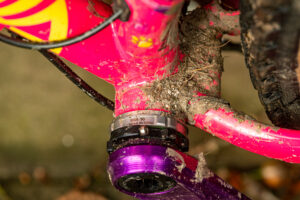Hailing from Andorra, the Forestal Siryon captures the zeitgeist of the current mid-powered e-bike category almost perfectly
Forestal Siryon Diode 29 eMTB review
While there’s a long line of brands promising lightweight, mid-powered e-bikes, Forestal has already delivered not one, but two models, both with 29in wheels. There’s the 150mm travel Cyon for high-speed trail riding or the 170mm Siryon for smashing out laps on the most rowdy descents. And it’s the latter that we’re testing here, to gauge how it sits among the best electric mountain bikes.
Need to know:
- With 170mm travel Ohlins suspension front and rear, the Siryon is primed for anything
- The compact, lightweight motor delivers an impressive 60Nm torque
- Battery capacity is limited to 360Wh, but there’s also a 250Wh range extender
- Crankbrothers Synthesis E11 carbon wheels have front and rear dedicated rim widths and spoke counts
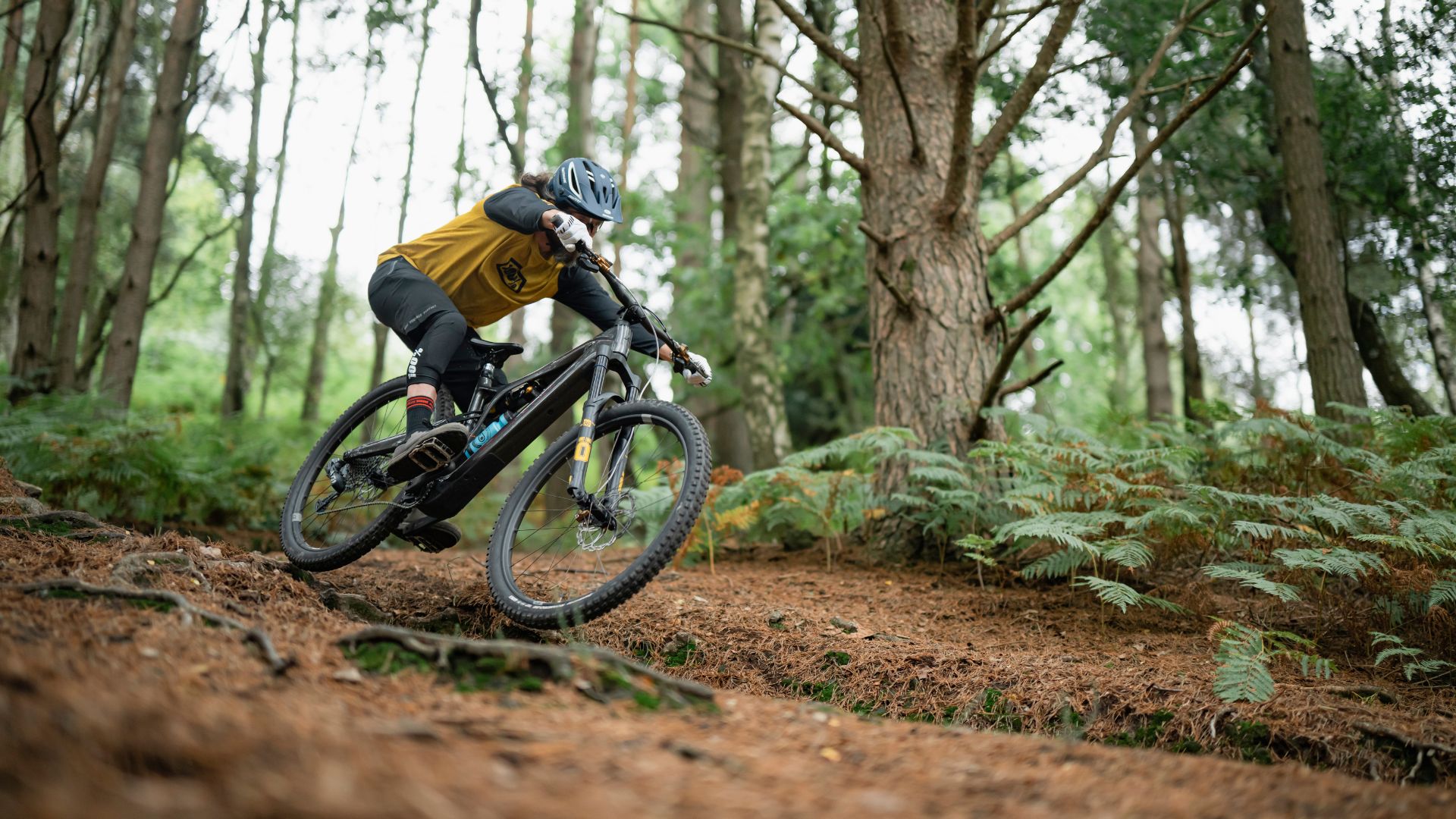
And by mid-powered, that means both platforms use a compact 60Nm, 250W Forestal EonDrive motor, powered by a 360Wh integrated battery that can be boosted to 610Wh with the optional 250Wh range extender. That’s almost as much power and more battery capacity than the first generation e-bikes, all in a sub 20kg package.
Forestal’s 3.2in integrated top tube display gives the cockpit of the Siryon a Tesla feel to the electronics, even though the brand is based in Andorra, not silicon valley. The touch screen display is the biggest we’ve seen and because the bike also has a built-in GPS unit, you’ve got maps right in front of you if you need them. There’s also a find my phone style geolocation feature, should you be unfortunate enough to have your bike stolen. You’ll need an Android phone to make the most of the bike’s functionality though, as the iOS app and range extender aren’t available just yet.
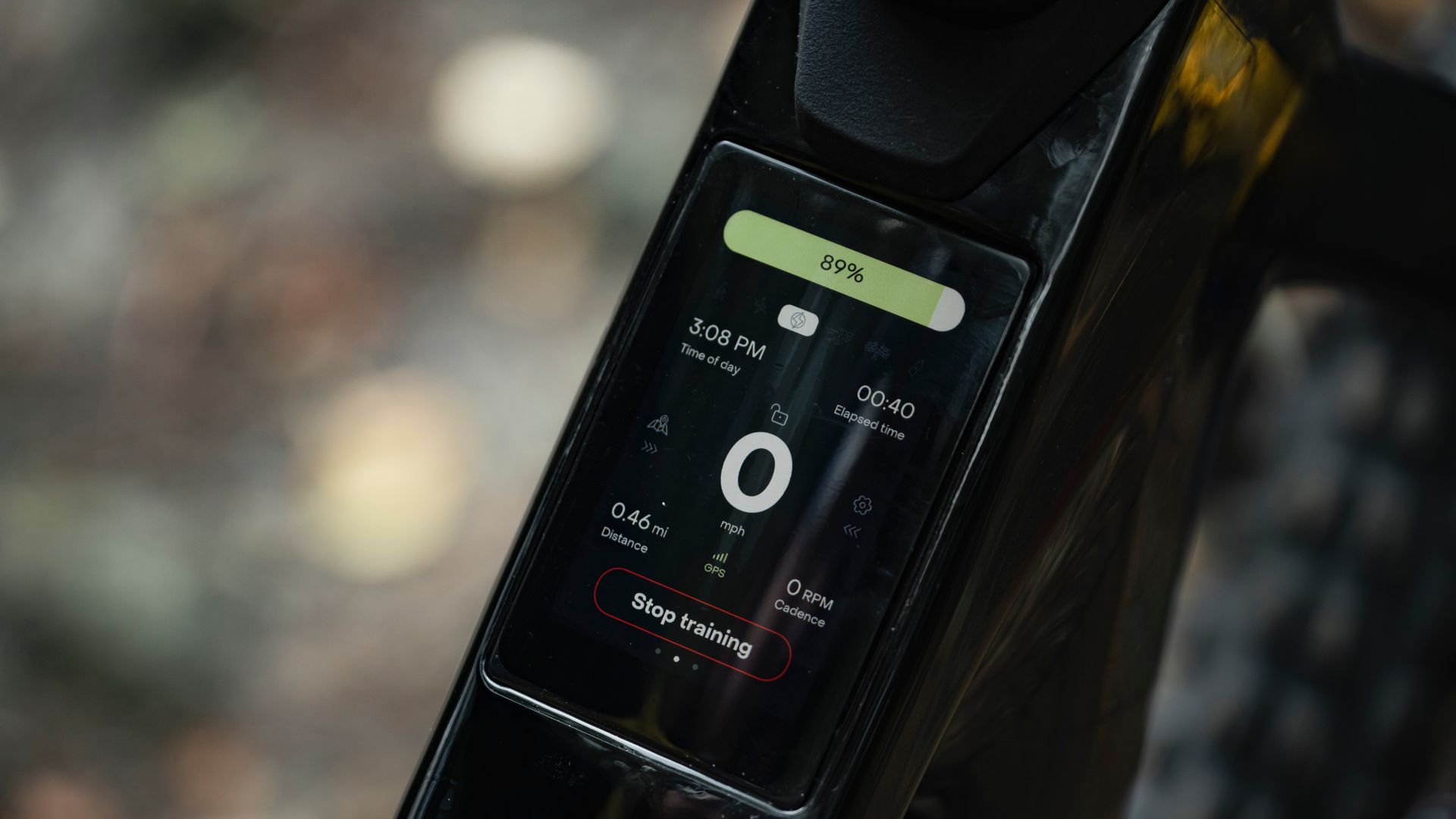
In addition to a world of metrics available on the display, there’s also a handlebar remote that indicates battery life and the level of assistance, so you can switch the display off if you find it distracting. There are four modes: Eco, Sport, Race and Nitro. In Eco mode, with rider input matched, the Siryon was 10% faster than the Kenevo SL up our test climb.
Now, given that the stock battery capacity on the Forestal is only 40Wh more than on the Specialized so that seems like a good match. Get into the higher power modes however and the extra power of the Forestal, especially on steeper climbs really eats into the battery capacity. It’s probably why the new Fazua Ride 60 motor, also with 60Nm torque, comes with a 430Wh battery to give extended range.

There are three models in the Siryon range, and all share the same full carbon frame that uses a blend of T1000, T800 and T700 fibres to tune the stiffness. The flag-ship bike tested here weighs 19.8kg with a water bottle cage and headset tool fitted but not supplied with the bike. You could easily build it lighter though, in fact the entry-level Siryon Halo at £8,499 is 1kg lighter, thanks to the RockShox suspension and mechanical drivetrain and dropper post. The EonDrive Motor uses Ti components and a magnesium casing to achieve its 1.95kg weight, which is about 700g lighter than a Shimano EP8 motor.
Sizing on the Forestal is straightforward, with four options S through to XL. And with 30mm jumps in reach we were lucky that the size L fitted like a charm. At least in reach. The seat tubes on all sizes are pretty tall, so while the Forestal delivers a 20mm lower overall saddle height than the S4 Kenevo SL, it does so by fitting a 150mm RockShox Reverb AXS dropper instead of the 170mm unit found on the Specialized.
Suspension
All of Forestal’s bikes use the same suspension system: a single-pivot design with a linkage actuated shock, where the shock link also anchors the swingarm to the front triangle to improve overall stiffness. Forestal calls it the Twin Levity linkage system and on the Siryon frame it boasts 170mm travel and delivered 167mm with the Ohlins TTX2 Air shock fully deflated.
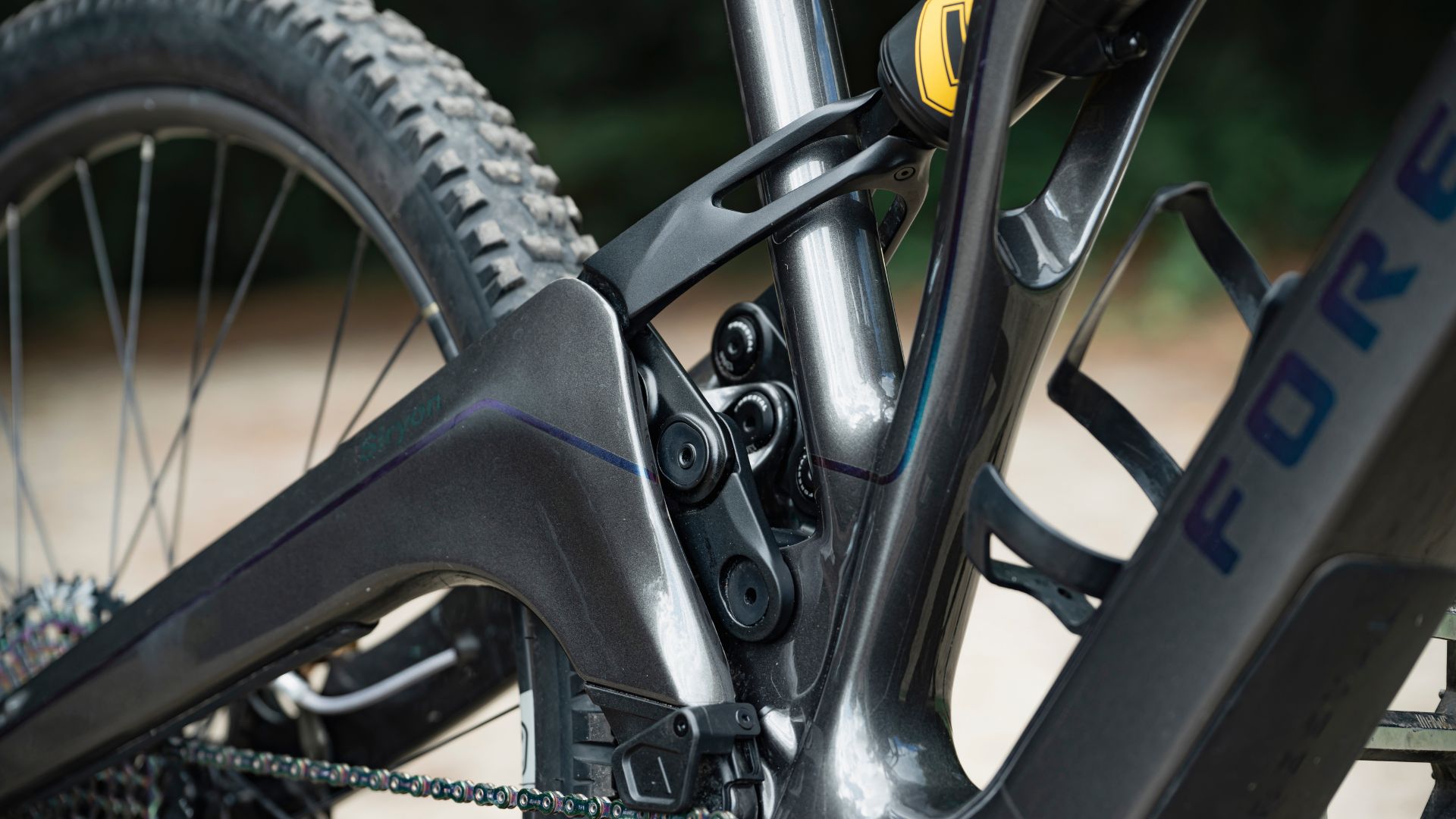
Out on the trail it was a different story, the blue o-ring on the shock body clearly indicating that we were not using the last 10mm of shock stroke. And it’s not that we didn’t like the overall feel of the rear suspension, we just felt short-changed. Cracking open the shock revealed one 8000mm3 spacer and two 2000mm3 spacers. Removing the biggest spacer allowed us to get much closer to full travel, while retaining some in reserve for those holy crap moments.
Should it have been there in the first place? No. In fact Forestal supply the bike with the shock spacers, just not fitted to the Ohlins shock. So whoever had the bike before us must have fitted them.
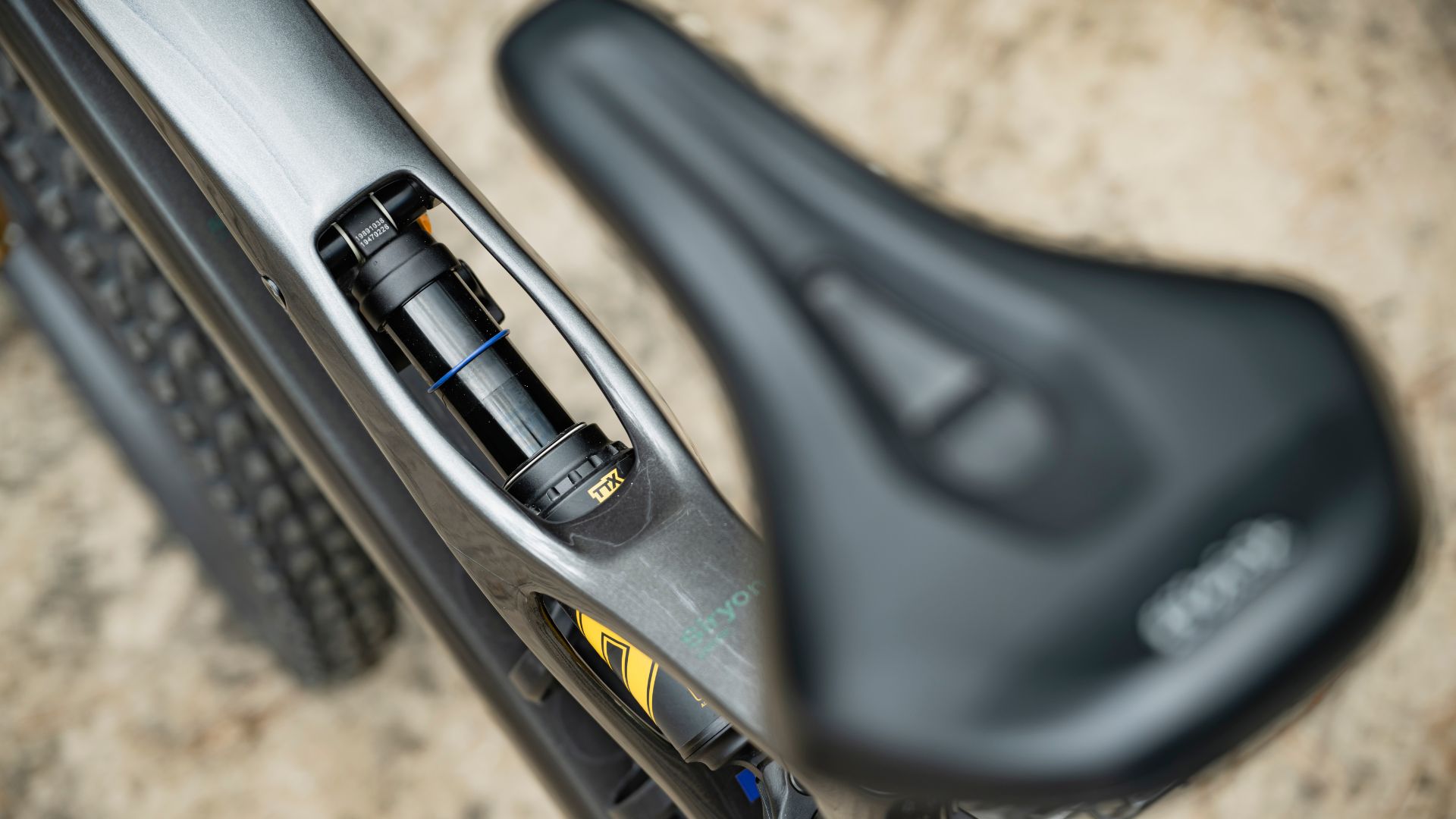
With a keen eye on the overall weight, the top-end Siryon Diode comes with a 170mm travel Ohlins RXF 36 M.2 fork rather than the burlier RXF 38, a move which saves approximately 200g in weight. The fork benefits from the same adjustability as the Ohlins TTX2 Air rear shock, and the M.2 version is noticeably smoother off the top than the original RXF 36. Guide pressures on the back of the fork leg give you a ballpark set up for the positive and ramp-up chambers, but you’ll need to factor in an additional 5kg to compensate for the increased weight of the bike. And while the Ohlins 36 chassis is more than stiff enough for average riders, hard chargers and heavier riders will definitely want the precision and strength of the stiffer 38 platform.
Components
Integrated stem top caps and cables running through the headset look cool in catalogue photos, but as soon as you try to adjust the stem height, they are nothing like as pretty, the Forstal a case in point. And unlike a traditional cable entry point on the frame, the headset top cap doesn’t clamp the cable. so it’s prone to rattling. Which is exactly what happens on the Siryon. Thankfully, the SRAM AXS drivetrain and RockShox Reverb AXS post mean that there are two less cables to contend with.
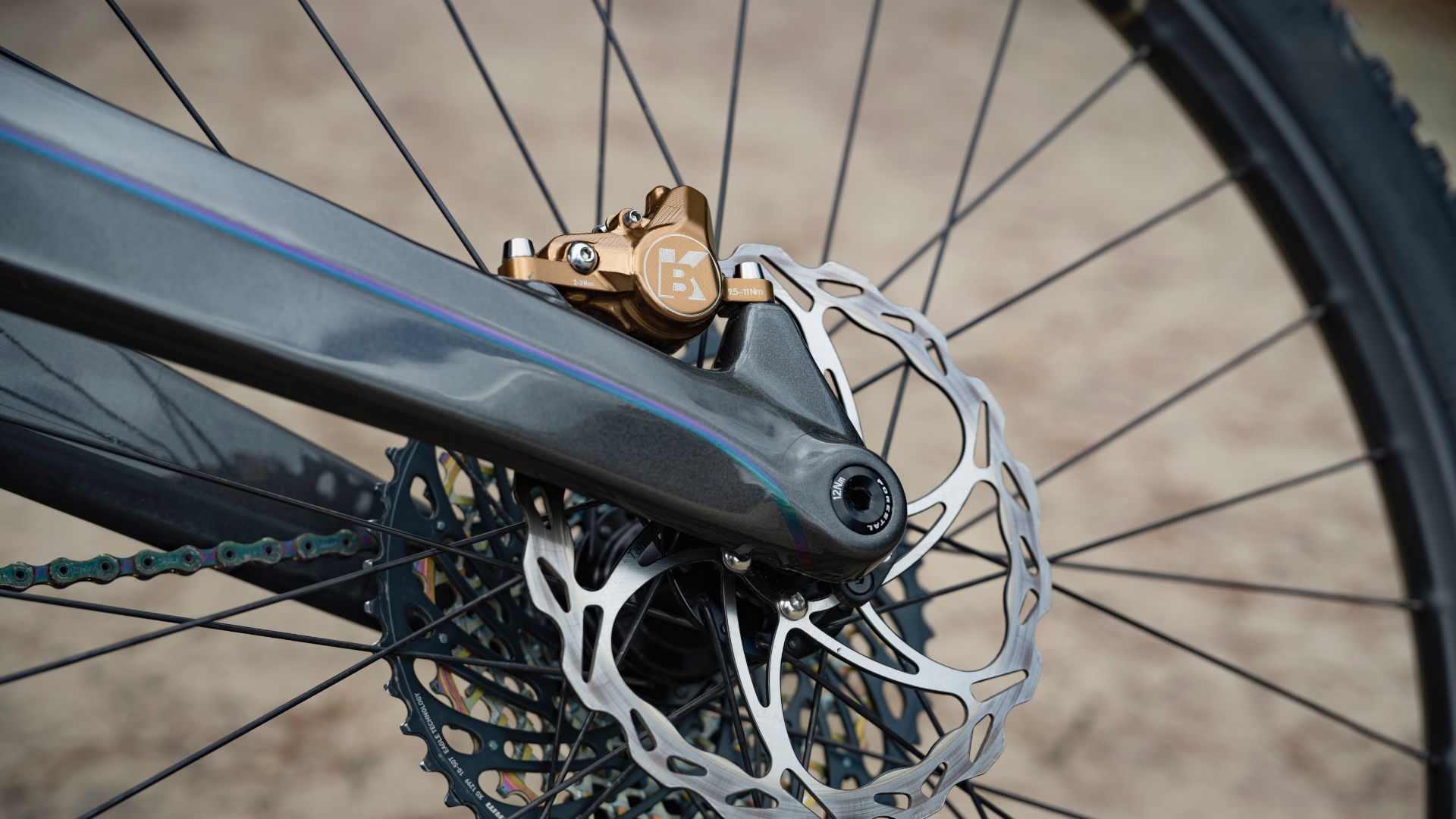
This is the first time we’ve tested a set of brakes from the Italian brand Braking. With all of the CNC machined parts and gold twin-piston callipers they look like a cross between Hope and Formula. The brakes aren’t super powerful, but that could easily be improved by switching to bigger rotors – the bike comes stock with 200/180mm rotors.

Modulation on the Braking brakes is good, but the levers have really strong return springs. This gives the brake a nice, snappy lever feel, but you’re constantly pulling against that spring tension on longer descents, which eventually leads to increased arm pump.
And the brakes weren’t the only components on the top-end Diode build that were new to us. This was our first time on the Panaracer Romero and Aliso tyres, a combination that shares a similar tread pattern to the Maxxis Minion DHF/DHR II control tyres we fitted to both bikes. Marked up as 2.4in, the casing isn’t as wide as the number suggests. And while we appreciated the reinforced sidewall on the Aliso rear tyre, the front tyre was more pingy and less predictable on roots and rocks than the 3C Maxxis DHF.
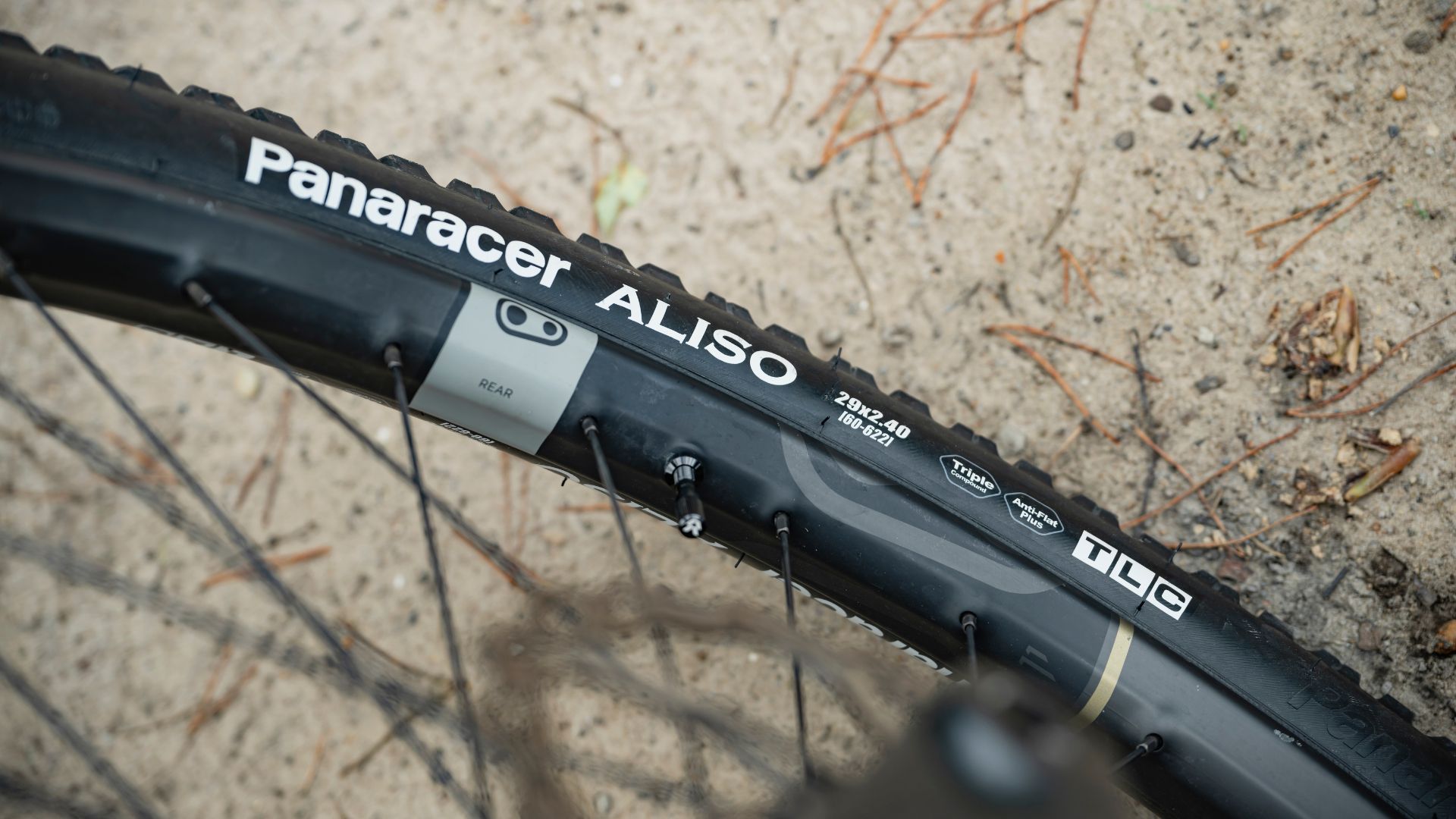
Performance
On Forestal’s website it states that when the bike is switched off, the motor is completely disengaged with zero drag. Well, that’s simply not the case. There’s definitely more resistance than on a normal drivetrain, but it is in the order of 2-3watts as it’s similar to Specialized’s SL motor. And while it is true that the Siryon is pretty quiet with the motor off, spark it up and it whistles like a stovetop kettle in the higher power modes and especially at higher RPMs. It’s a piercing sound, that’s annoying, but I guess we’ve been spoiled by the whisper silent TQ motor on the new Trek Fuel EXe.

With volume spacers removed from the Ohlins TTX2 Air shock, there’s less chance of running the shock too soft to achieve full travel. Which is a good thing, as the bike then squats too much when climbing, feels less balanced and dramatically increases the chance of unwanted pedal strikes.
Get your sag right, then tune the volume spacers accordingly. And getting the sag right couldn’t be easier, as you can see the shock body of the Ohlins TTX2 Air shock through the cut-away in the top-tube.
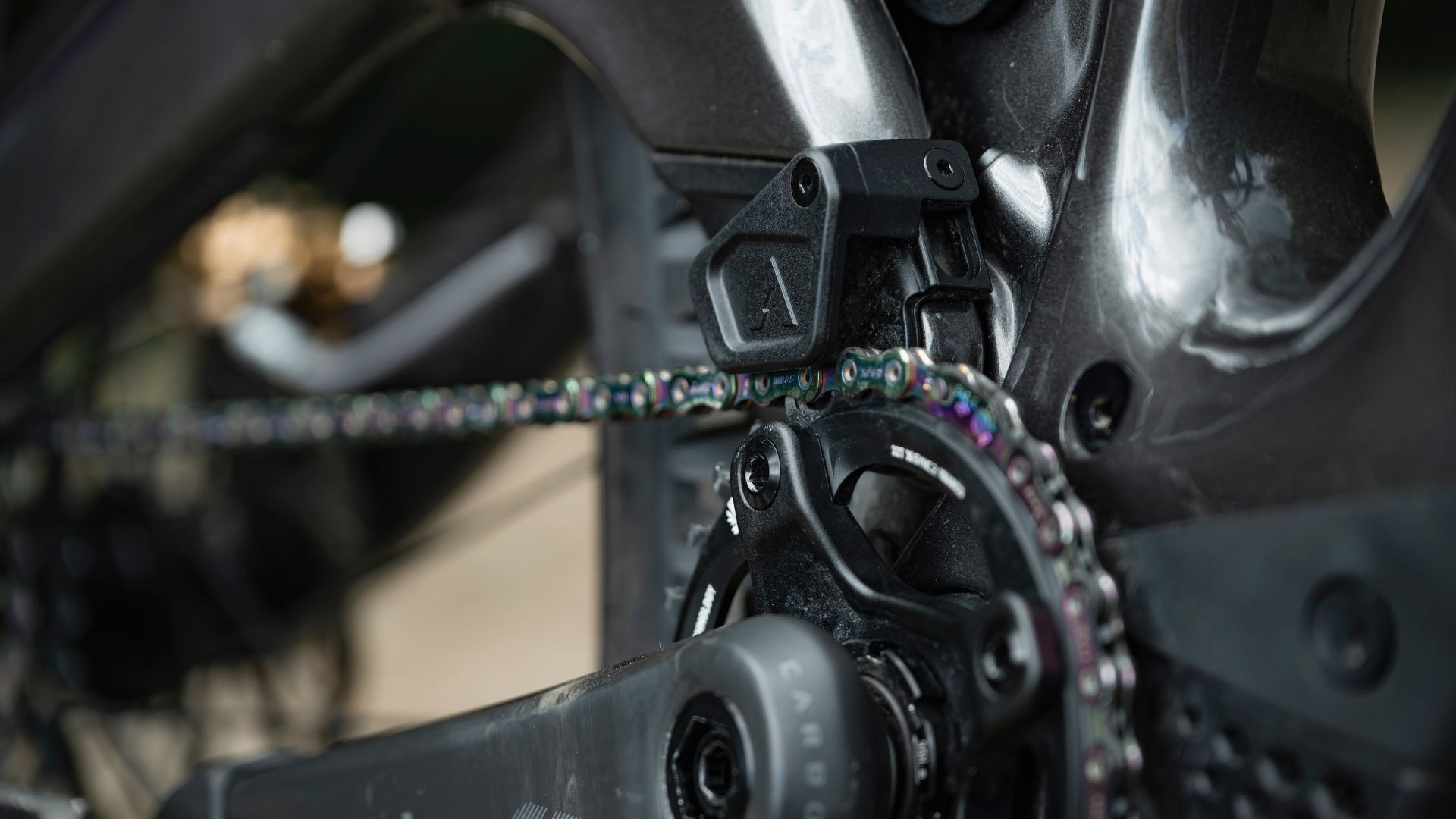
We’d also suggest nudging the saddle forward on the head of the seat post, as the 75º effective seat tube angle places rider weight a little too far behind the BB for effective weight distribution when climbing. And boy can the Forestel rocket up techy climbs. The reduced weight makes the bike easy to manoeuvre, and the generous overrun and extra power of the motor will have you eyeing up otherwise impossible obstacles.
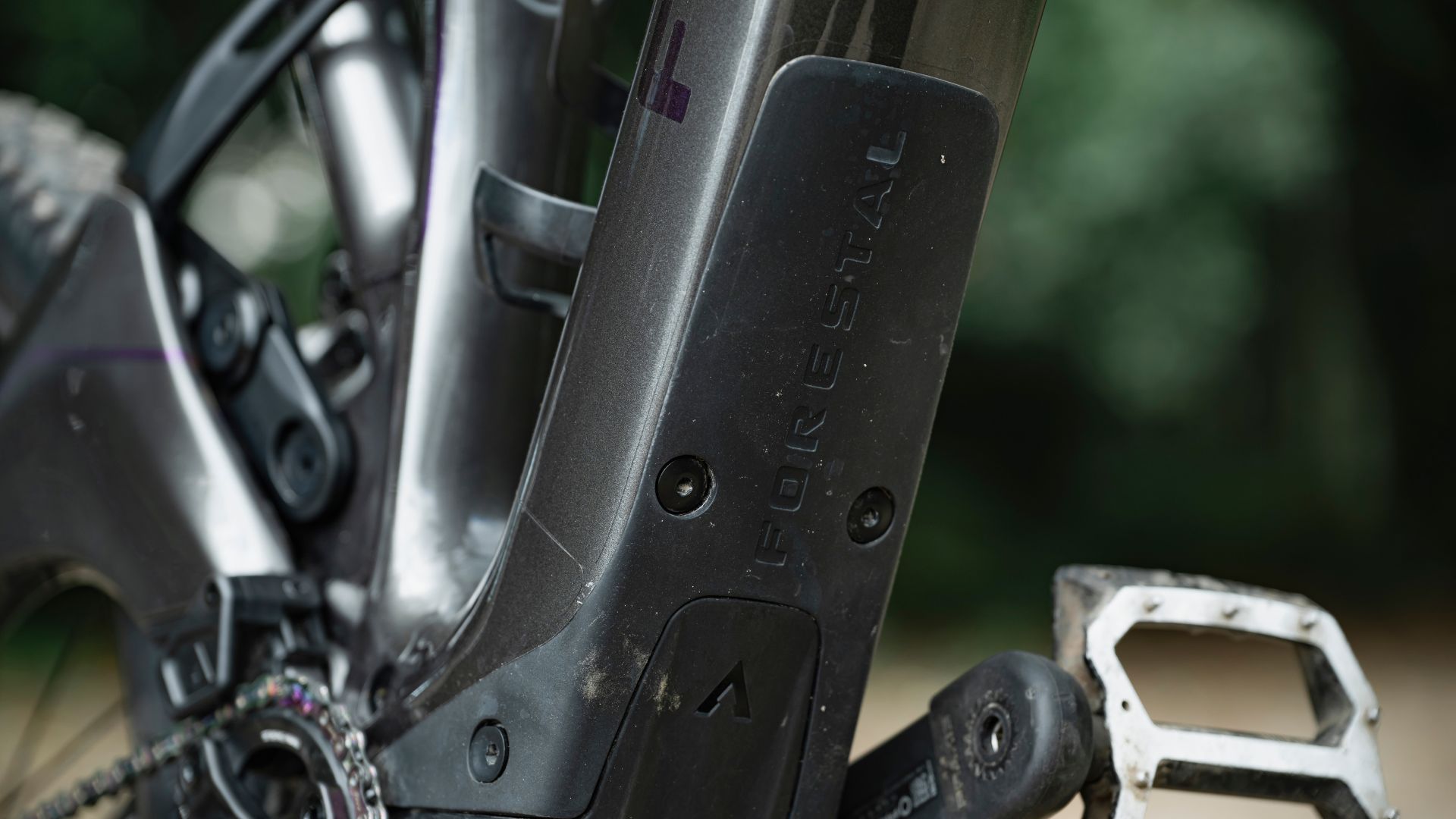
On the descents the Siryon feels very poised and balanced; the suspension poppy and playful but it still gets straight down to business when the trails turn steep and rowdy. It can hold a good line across off camber roots and rocks, and there’s definitely less feedback from the suspension into the chassis than on the Specialized.
And while the BB isn’t low, we found ourselves smuggling in pedal strokes just to gain maximum speed, where we’d normally be freewheeling on a full power e-bikes due to the increased resistance in the motor, so the extra ground clearance is probably a good thing. That said, you kinda expect some degree of geometry adjustability on any 170mm travel bike.
- Best electric mountain bikes: join the riding revolution
- Forestal Cyon Halo first ride review
- How to climb almost anything on an eBike
Verdict
For a relatively young brand, Forestal shows a surprising degree of maturity. The 170mm Siryon capturing the zeitgeist of the current mid-powered e-bike category almost perfectly. There are niggles though. The brakes are underpowered, the seat mast is too tall and at nearly 20kg, it’s not super light for a £13k e-bike. And in some ways it’s as if we’ve come full circle. After one ride you’ll be blown away by the Forestal’s overall performance, and also struck by an alarming case of range anxiety. So adjustable power levels or that 250Wh range extender really can’t come soon enough.














